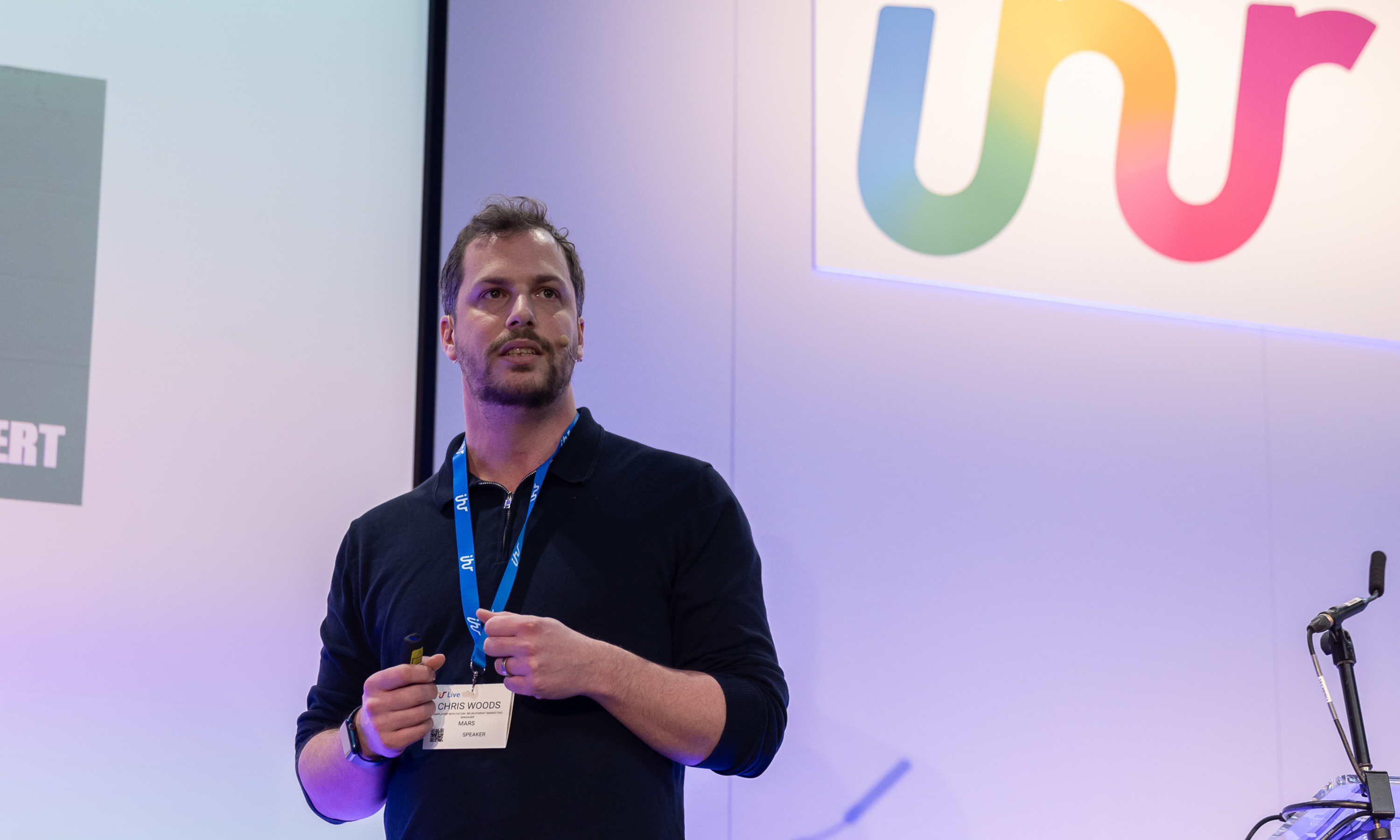In the world of recruitment the period between a candidate accepting an offer and their first day on the job are often overlooked within an employees’ journey.
But, preboarding and onboarding are crucial stages in a candidates journey, and having a well designed process for preboarding and onboarding is vital to enhancing employee retention as well as setting new employees up for success.
But, according to research by Chatter, candidates say it is the least positive aspect of the recruitment journey for them. Yet it’s during this very phase that companies can create a lasting, positive impact on their new employees—a critical touchpoint that’s often overlooked.
So what are we missing?
Preboarding is a golden opportunity for companies to engage and prepare new hires. It’s not just about sending over contracts or last-minute location details; it’s about setting the stage for a fruitful and enduring employer-employee relationship.
Engaging new hires before day one lays the foundation for a seamless transition into the organisation. Approaching this proactively not only makes a positive first impression but also plays a pivotal role in boosting employee retention, and reducing the time taken for new employees to become productive.
“Preboarding is like the overture to a symphony—setting the tone and anticipation for the harmonious journey ahead.” – HR Insights Magazine
Crafting an effective preboarding experience
Creating an impactful preboarding experience doesn’t need to be complex. It’s about simple, meaningful gestures that make new hires feel welcomed and valued. Here are some easy-to-implement recommendations as a starting point:
- Buddy System: Introduce a buddy—an approachable figure within the organisation whom new hires can freely approach with questions. This person acts as a peer, offering guidance and insights beyond what a manager might provide.
- Team meet-and-greet: Arrange a casual gathering for new hires to meet their future colleagues in a relaxed setting – this could be a lunch together, or an after-work gathering. This sets the stage for authentic interactions and helps new hires to be themselves in an informal setting.
- Welcome Pack: Send out a welcome pack that includes company merchandise’. It’s a small gesture that creates a sense of belonging even before day one.
- Stay connected: Maintain regular communication with new hires. This ensures they feel welcomed and removes uncertainties, especially if they are considering other job offers. It also just allows you to get to know them a bit more, which will be beneficial for both parties.
Crafting an effective onboarding experience
While preboarding sets the stage, the onboarding process tells the story, so it needs to extend beyond the initial week.
Many companies halt their onboarding efforts prematurely, potentially leaving new hires feeling lost and underprepared. A week is inadequate for new hires to acclimatise to the company, culture, and role.
“Onboarding is not a sprint; it’s a marathon that paves the way for a successful employee journey.” – HR Executive Journal
A robust onboarding programme spans the first 90 days, if not longer, and offers continuous support to new hires. This can be as simple as having a monthly check-in to ensure they are settling in well.
Research by the Brandon Hall Group shows that the benefits of an extended onboarding journey are substantial — improving new hire retention by 82% and boosting productivity by over 70%.
Getting the team involved
Many onboarding programmes focus on centralised onboarding, where company-wide values and culture are introduced but where little emphasis is placed on team-oriented goals.
However, the highest impact on productivity stems from onboarding occurring at a team level, therefore informing a new hire of the goals, priorities and success measures of their new team is vital.
A lack of alignment within a team can negatively impact output, so familiarising a new employee with the team’s dynamics and workflow can help reduce any nerves. This will also allow for a better understanding of who they will be working alongside.
Engaging Hiring Managers
The level of engagement from hiring managers is arguably the most important aspect of onboarding for employees. To retain new talent, the new hire needs to feel welcomed, supported and challenged in the first days. This isn’t always easy or natural for hiring managers, so they may require support and training.
This could be online training, or creating an onboarding kit for them to follow (e.g. “Call your new hire one week before their start” or “Have a ‘buddy’ meet them for lunch on their first day”). The more comfortable they are in delivering the onboarding, the better it will be.
What’s the value of onboarding?
The impact of a great onboarding process goes beyond the initial impression. High turnover rates come at a considerable cost to employers, averaging 33% of a worker’s annual salary to replace a departed employee.
“First impressions set the trajectory—engaging onboarding propels performance and loyalty.” – Talent Management Review
When companies fail to focus on their onboarding process and integrate new hires into the company culture, it can adversely affect engagement, performance, and retention. Plus, the time, effort, and energy that goes into recruiting top talent shouldn’t be let down by this phase.
Leveraging technology and socialisation
Companies should consider embracing technology to enable new hires to succeed. Glassdoor research found that advanced learning tools and technologies can boost satisfaction by 300% compared to traditional approaches, which in turn leads to faster proficiency and enhanced new hire retention.
“Technology amplifies the onboarding experience—bridging the gap between preparation and performance.” – Tech Insights
Additionally, incorporating social networking into onboarding can be a game-changer, fostering connections and a sense of community. Effective onboarding recognises the power of these connections and helps to promote a collaborative work environment.
Preboarding and onboarding are crucial phases that can shape a positive employee experience and significantly impact the bottom line. By investing time and resources in these processes, companies can ensure that new hires transition smoothly, feel connected, and contribute effectively from the get-go.
It’s about laying the groundwork for long-term success, one engaged employee at a time.







